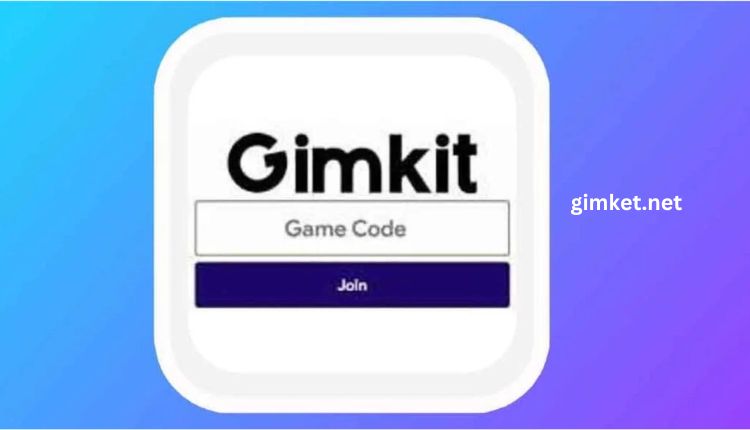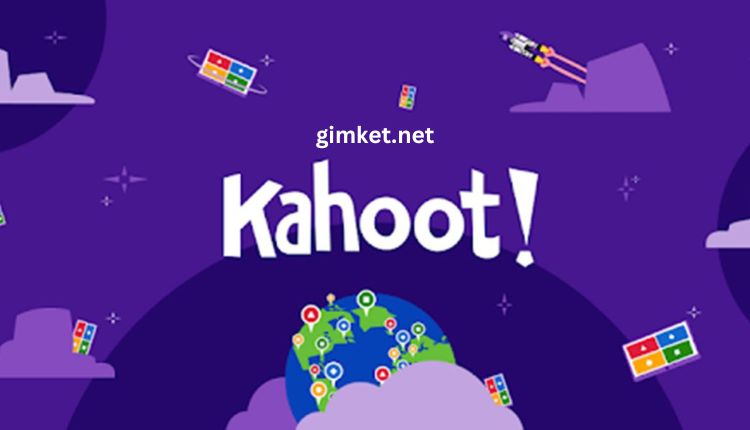It is a free platform that teachers can use to create their own quizzes that students can play in real time. Gimkit’s most intriguing component is its dashboard, which gives both teachers and students a clear, approachable overview of progress and performance and adjusts gameplay. In this article, we will take a look at how to get the most out of the Gimkit Dashboard, both as a teacher utilizing the dashboard to get reports on your students’ performance and as a student wanting to make learning the best that it can be.
What is Gimkit Dashboard For Teachers?
Contents
For teachers, the Gimkit dashboard is the best place to manage and customize quizzes. This is where teachers create new games, analyze results, and tweak settings according to student needs. The dashboard provides an intuitive user experience with different tools to track progress, generate reports, and change settings on the fly. Key features of the dashboard for understanding its workings:
Game Creation Tools
Using a simple gimkit dashboard, teachers could create their own games or quizzes for pertinent subjects or lessons. There are lots of different modes and formats to choose from, meaning that gameplay is fun and appropriate for their students’ learning levels.
Real-Time Analytics
When a game is in progress, the dashboard serves up real-time data about how well students are doing. Teachers can see how many questions each student has answered, how much money they’ve earned (in the case of some game modes), and their current standing in relation to other students. This allows teachers to quickly get a sense of which students may need additional attention or practice.
Customization Options
The gimkit dashboard also provides some customization options, such as modifying the game’s rules, setting the question difficulty, and selecting kinds of rewards — or incentives — of what students can earn during the game. Educators can modify it to fit the classroom and goals.
Leaderboard and Student Performance Tracking Gimkit Dashboard
With features like a leaderboard on the Gimkit dashboard that ranks students based on a given performance. This is excellent for encouraging healthy competition and motivation. With this information, teachers can identify what students are doing well and where gaps may be in monitoring their progress.
Reporting Tools
When the game is over, a dashboard provides detailed breakdowns of each student’s performance. These reports indicate correct and incorrect answers, how much time is spent on questions and overall progress. Teachers can use this data to change future lesson plans or quizzes to be more in tune with their students’ needs.
Gimkit Dashboard Overview for Students
Gimkit Dashboard for Students—A student tool that allows students to manage their games, track their progress, and interact with the content. It also allows students to log in to a personalized dashboard to see how they are ranked in various quizzes, highlighting what they are good at and what they can improve on. Here are the essential features of the dashboard from a student’s perspective:
Progress Overview
The dashboard allows students to visualize how they have progressed in different games. It lists how many games they’ve played and how much money they’ve earned, as well as their place on the leaderboard. This is an exciting feature that motivates the students to strive for better and compete with other students in the class.
Game History
Student Game History StreakThe dashboard provides students a history of their games, so that they can look back at how they performed over time. They know which questions they answered correctly and which they missed, as well as how their overall performance has changed over time. This allows students to see patterns and can help them know where to put in additional efforts.
Custom Game Modes
It includes many different game modes that students can take part in. Based on the game, if students can play individually or against one another, they can choose and add a layer of strategy and option to this form of learning on a dashboard. Each mode helps maintain the fun and more involved aspect of gameplay mixed with education.
Incentives and Rewards
The Gimkit dashboard is motivating for many students because of the incentive system. They can earn money or points for taking part in games, which can be used to unblock new features, skins, or power-ups in the game. Gamification of learning adds a little fun to the process.
User Reviews and Success Indicators
It also shows feedback as metrics on the student’s dashboard, such as the number of correct answers, the amount of money earned, how long each question took, and so on. This enables students to track their progression and efficiency and alter their studying approach as needed.
How to Use Gimkit Dashboard?
Set Clear Learning Goals
Before utilising the Gimkit dashboard, both teachers and students, should identify their clear learning objectives. Educators should identify objectives for the game, including reinforcing key concepts or reviewing focal lessons. So students should also train and try to do better each session, by recognising their weak areas and working to overcome them.
Monitor Progress Regularly
Teachers should routinely access the dashboard’s real-time analytics to identify students who are doing well or having difficulty. Teachers can use this data to inform instructional practices, tailor resources, or provide extra support to those students who may need additional practice. They should also track their progress and adjust their strategy if they are not meeting goals.
Make Use of Reports
Gimkit provides educators with a dashboard of specific reports after each game to help them utilize the key points of data gathered. These reports provide an in-depth analysis of how each student did, where they went wrong, and how to improve for future games. For students, the reports helps identify areas for improvement and monitor progress over time.
Change Gimkit Dashboard Game Settings as Necessary
The Gimkit dashboard is versatile and allows both teachers and students to modify the game settins. Teachers can alter the rules, difficulty, and rewards to fit the game to the aims of the class. For instance, students can try variations in strategies, or modify their approach based on game mode.
Incorporate Collaboration
Gimkit is usually played individually but the dashboard provides opportunities to learn collaboratively as well. Teachers can make team-based games where students cooperate to answer questions. This not only creates a sense of community but can greatly enhance overall understanding.
The Bottom Lines
The features on the Gimkit dashboard for both teachers and students provide great opportunities for interactive, fun, and rewarding learning. Teachers can also make personalized games, monitor student performance, and create detailed reports to inform their teaching techniques. On the other hand, students can track their progress, get feedback, and earn rewards, which makes learning fun and effective.
If you are a learner or an educator, you can make the best out of this tool by using the features of the dashboard. Gimkit classic is suitable for all classroom sizes and setups, whether you are a teacher looking to spice up lessons with an engaging activity or a student seeking to improve with a system that helps you practice what you need to most.


